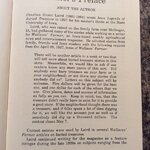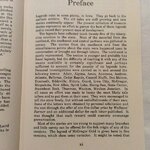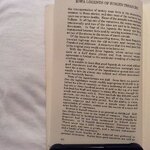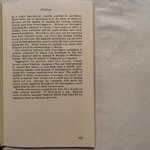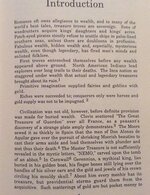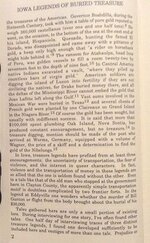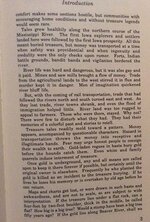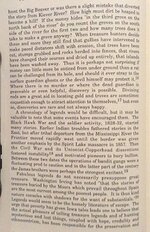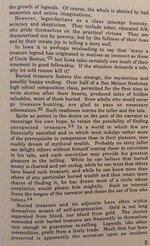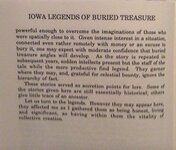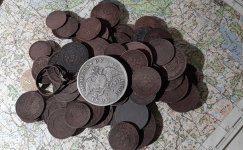UncleMatt
Bronze Member
- Jul 14, 2012
- 2,389
- 2,530
- Detector(s) used
- Garrett Infinium & Gold Bug II, Bazooka Super Prospector Sluice
- Primary Interest:
- All Treasure Hunting
Exactly. I'll take your point a little further: I haven't seen one treasure legend on TNet that I personally would invest the time, energy and money into for a serious effort to physically recover. I'm not talking about a weekend lark, but a dedicated and potentially extended search effort. Not that some of the topics discussed here aren't without merit, but my general rule of thumb is that if you can read about a "lost mine or hidden treasure" anywhere in the public domain, you have approaching a zero chance of finding it. Your earlier thread on the Lost Carson in CO is a good example. Based on my experience in the San Juans, I believe the Carson outcropping likely exists. However, the sort of information available that would give one confidence that he has a chance of finding the prize is missing, IMO.
What's missing? What is the proper stimulus? Proprietary information, from an acceptable source, that has previously been totally unknown to the public. In other words, convincing evidence from someone close to an undocumented experience that, if authentic and usable, stands a fair chance of leading to the recovery of something of significant value.
Even if the Lost Carson Mine actually exists, it is very unlikely to be found simply because it is not accessible to the public unless they are willing to engage in a grueling hike into the Weminuche Wilderness at very high altitude. I bet less than a dozen people a year come within several miles of it.


